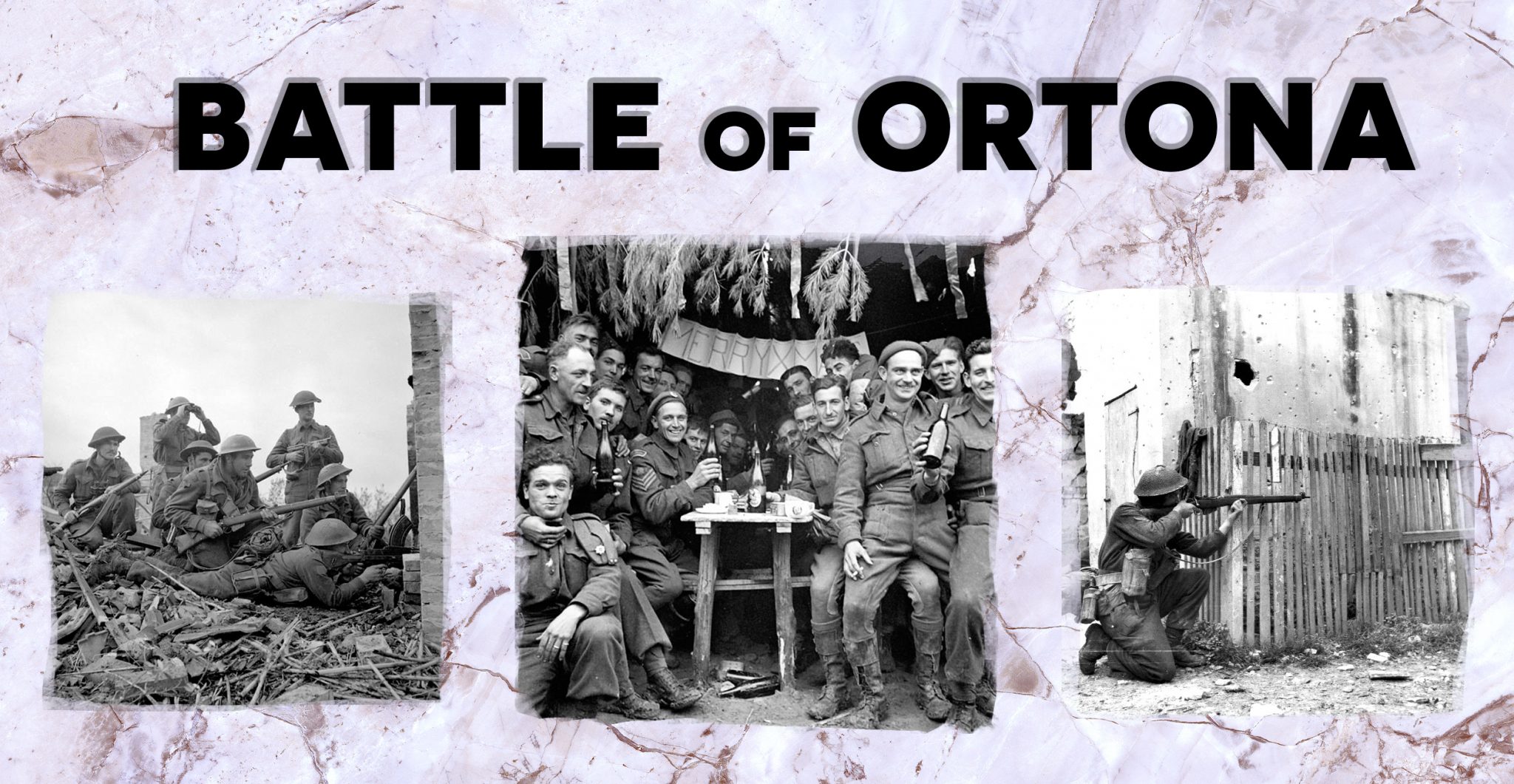Some 141 miles due east of Rome is the small city of Ortona. If Italy is a boot, then Ortona lies north of the heel and on what some call a “bone spur” between the ports of Bari and Termoli. In 1944, the population of Ortona was about 10,000, and it was built up somewhere between a town and a city.
In December 1943, the Canadians and Germans fought such a savage battle there that it became known as the “Italian Stalingrad.”
In the history books and documentaries about the Italian Campaign of WWII, the drive up Italy’s western coast gets overlooked, as does the fighting which took place in Italy after the seizure of Rome one day before D-Day.
The combat there was not fluid. It was fought in mountainous terrain in horrible weather (winter was freezing, spring was sodden and muddy, and summer was intensely hot). Tanks were almost useless, except as artillery, and the amount of artillery used by both sides at times seemed to rival the great artillery duels of WWI.
Defending the town were elements of the 1st German Parachute (Fallschirmjäger) Division. Units of this division later took up defensive positions to the east, in the famed Battle of Monte Cassino.
In both cases, the “Green Devils” as they came to be called, performed feats of defensive warfare that are legendary. Those who fought them and other German troops (including units of the elite Waffen SS) regarded them as the finest soldiers of the Third Reich.
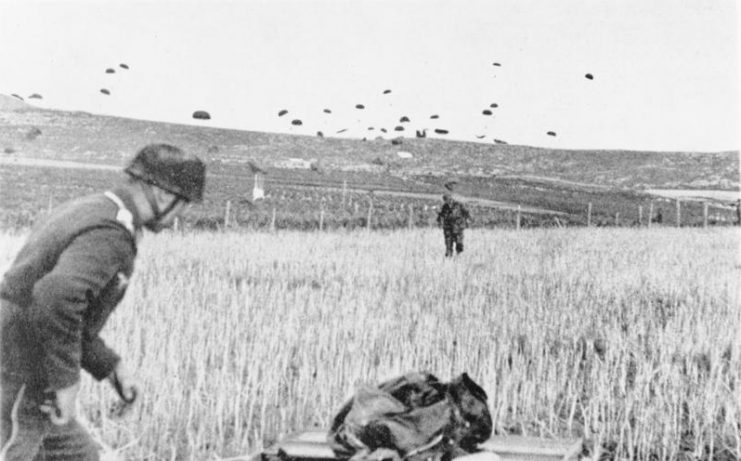
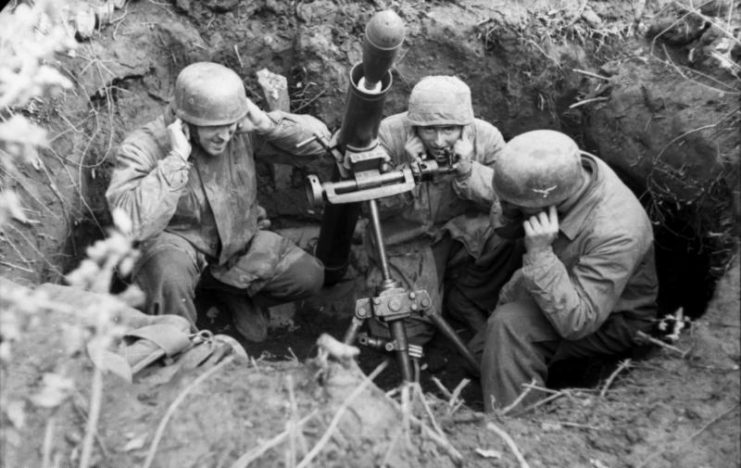
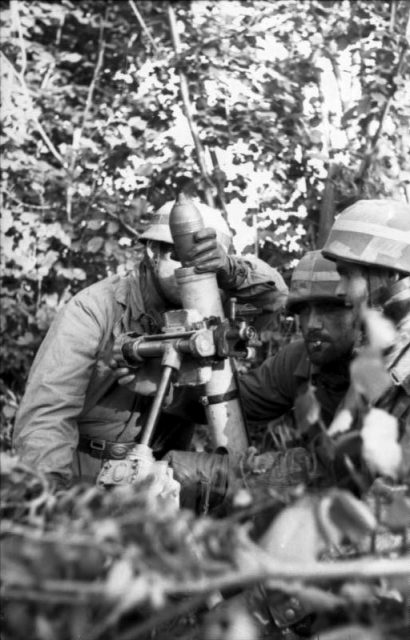
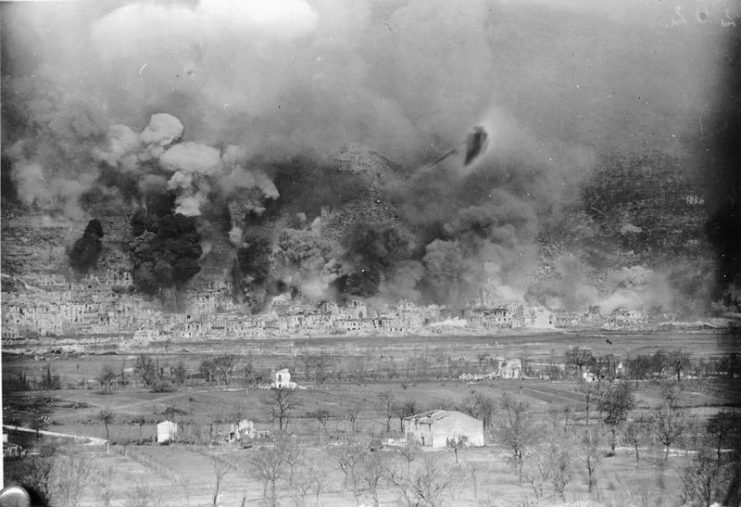
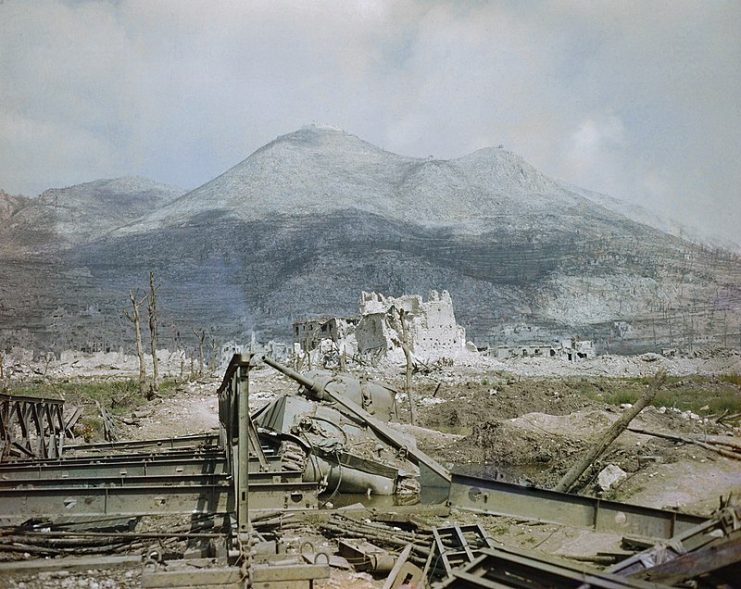
Facing the Green Devils was the Canadian 1st Division, which had landed in Sicily during that invasion and fought its way up the Italian peninsula in concert with the Americans in the West and the British in the center and east of the peninsula, guarding US flanks during the push towards Rome.
Those familiar with the Italian campaign will know that the push towards Rome is often referred to as the “drive” to Rome, but in no sense was the campaign a drive – it was a slugging match made worse by some costly blunders on the Allied side.
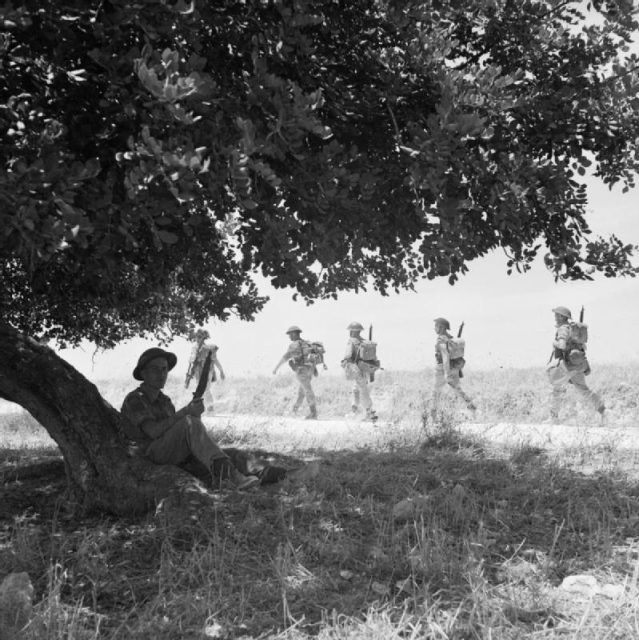
The Germans had created a defensive line across Italy known as the Gustav Line, dotted with strong-points which included hundreds of miles of barbed wire, concrete emplacements, artillery, machine gun positions, and tens of thousands of combat-hardened German troops.
The Allies had taken Sicily but had not been able to prevent the successful withdrawal of Axis troops to the mainland. While battles were fought in Southern Italy, the Germans were just playing for time until they could get their defenses south of Rome and across the peninsula in order.
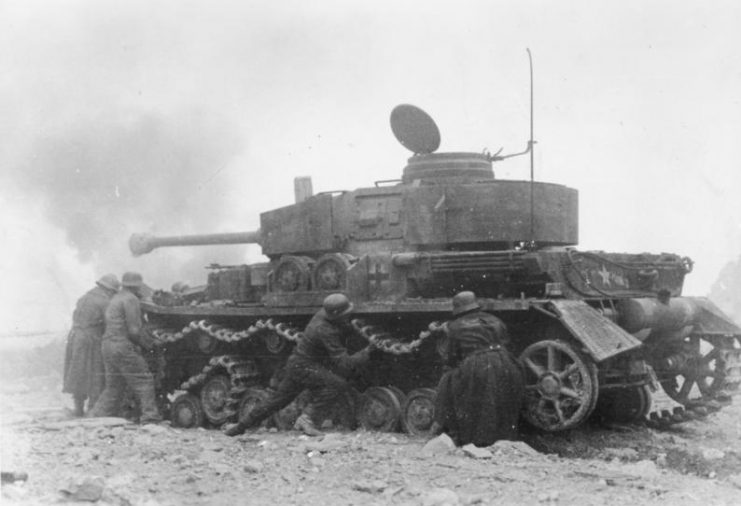
The Allies believed that if they could punch a hole in any of the German defensive belts leading to Rome, it would force the enemy to retreat because of the threat of encirclement.
They even tried an amphibious “end-around,” namely a landing behind German lines at Salerno. It was hoped that this maneuver would force the Germans to the south to give up significant territory.
The landings at Salerno did not go as planned, and a few months later, the Anzio landings took place even further north to relieve pressure on Salerno. This plan also did not initially go as planned.
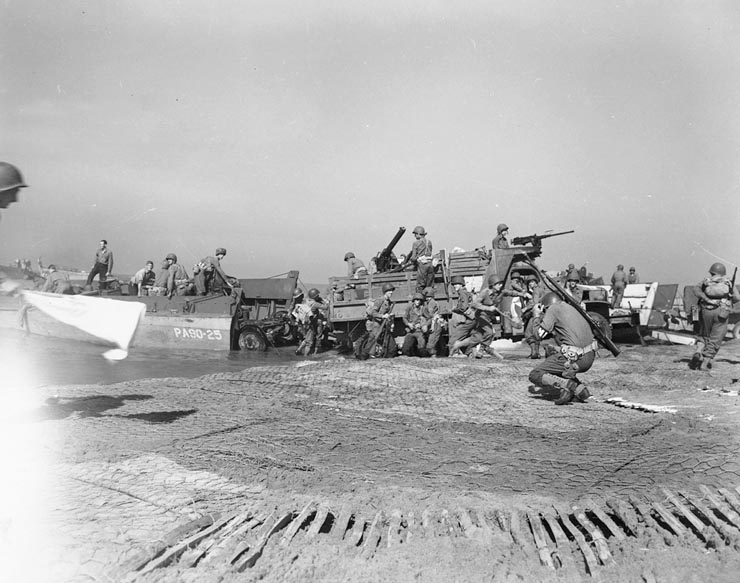
Meanwhile, away from the spotlight, Canadian and British troops were working their way up the eastern coast. Fierce battles took place south of Ortona, like that at Termoli where groups from the famed SAS were misused in open battle and came away horribly bloodied.
The Battle at Ortona happened almost by mistake. Ortona was not on the Allied radar until Montgomery tried to take the central Italian city of Avezzano with the hope of linking up with American forces south of Rome and forcing the Germans to retreat from the Eternal City.
When the push to take Avezzano failed, the Canadians were given the task of taking Ortona, on the coast, in the hope that this would force the defenders of Avezzano and central Italy to retreat to avoid being cut off by a drive from the east.
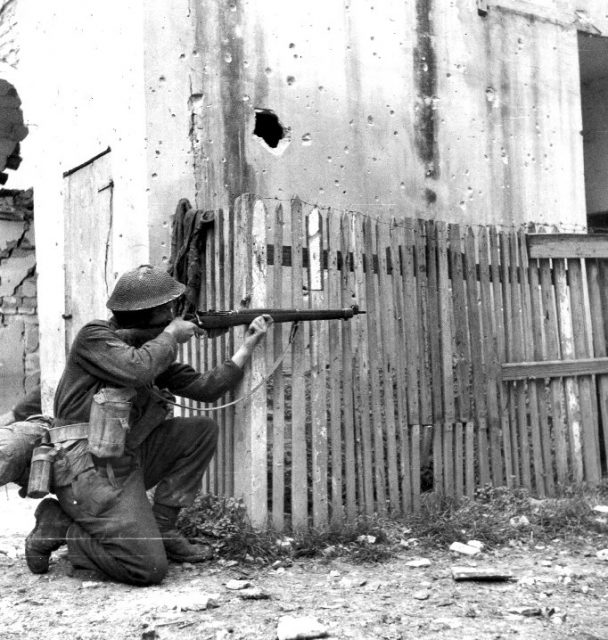
The Canadians were moved up to the south side of the Moro River south of Ortona on December 3rd, taking over for the exhausted British 78th Division. Heavy rain soon set in, and some Canadian units found themselves on the wrong side of the water.
Worse still, almost all Allied activity towards Rome stopped as Italy turned to mud. This gave Montgomery time to think. He wanted to take the city of Pescara, on the coast, but the port at Ortona was deep water, and the British Field Marshal correctly believed that the port could help further efforts on the Adriatic coast.
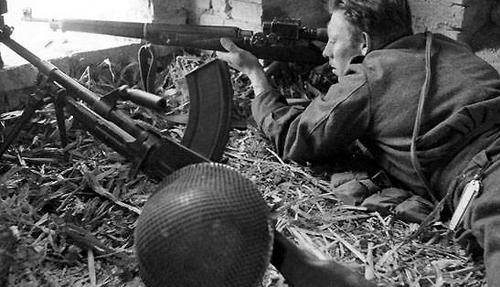
A brutal battle to cross the Moro River south of Ortona began in the second week of December. The Germans had fortified positions backed by a mobile reserve of tanks in the area to subdue any crossings.
After ten days of hard fighting south of Ortona, the Canadians reached the outskirts of the town on December 20th. Many of them did not believe the fighting could be more difficult, or the Germans more stubborn in their defense, but it was, and they were.
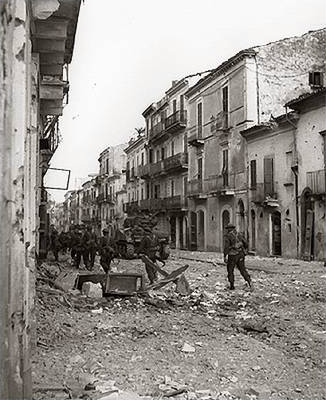
In Ortona, the Germans ordered civilians to leave. They next destroyed many of the town’s buildings, creating a sea of almost impassable rubble. This was a lesson they had learned from the Russians at Stalingrad: by bombing the city into dust, the Germans had created a fortress maze for the Russians and a snipers’ heaven.
Worse still, the damage was designed to funnel the attackers into designated fire zones, where a few outnumbered German soldiers could hold up large attacking forces with just an MG-42 or three.
The same was true with minefields where buildings left intact were booby-trapped. On the opposite side of the small city, well-hidden emplacements hid mortar, artillery, and tank positions, all of which were pre-sited on areas within the city.
Ortona became a maze of death.
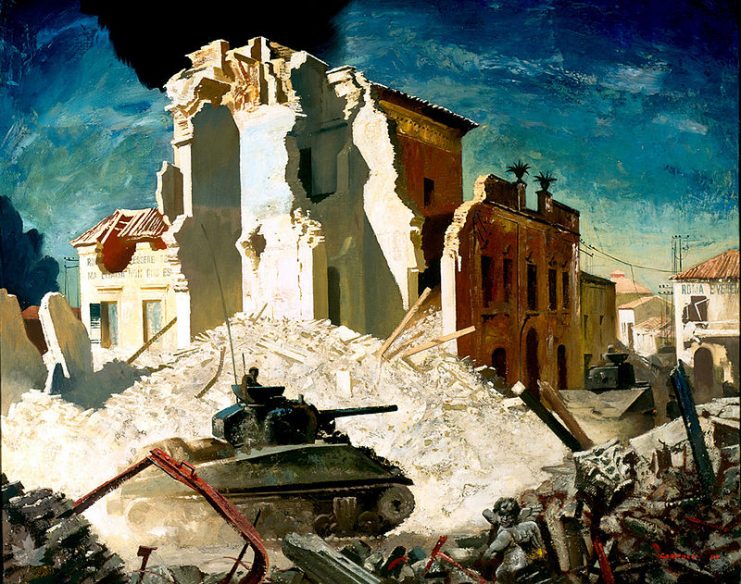
The fighting began in earnest on December 20th. The Canadians attacked by brigades. In the van were the Loyal Edmontons alongside a company of the Seaforth Highlanders. They were to capture a church which dominated the town – securing it would give the Canadians a good vantage point.
First, the Edmontons launched a WWI-style creeping barrage, following their own artillery to close with the Germans. Fighting near the church became hand-to-hand.
The Highlanders then tried to push on past their fellows and up a small cliff near their goal. Raining down on them were German grenades.
Though they made the Germans fall back, they were still hundreds of yards from their goal.
Over the next nights, the Canadians launched tank attacks into the town – these stalled because of the mountains of rubble, and many of the tankers fell victim to German PaK anti-tank guns and soldiers carrying the dreaded “Panzerfaust,” a one-man anti-tank weapon.
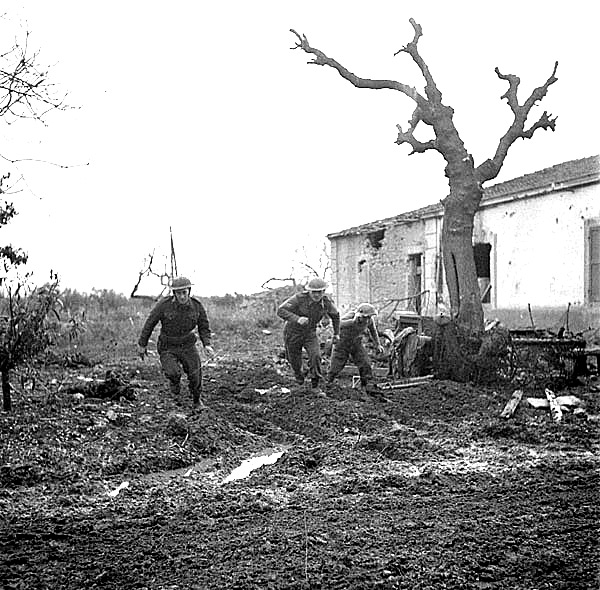
As the fighting wore on, each side found weaknesses in the others’ positions. The Canadians found a ditch which was undefended and funneled troops through it, reaching further into the city and allowing them to capture the church.
The fighting in the buildings had taken on the characteristics of the fighting at Stalingrad, as the Germans had planned. To avoid being shot by snipers and machine gun positions, the Canadians began advancing through the rubble and the remaining intact buildings by blowing holes through the walls.
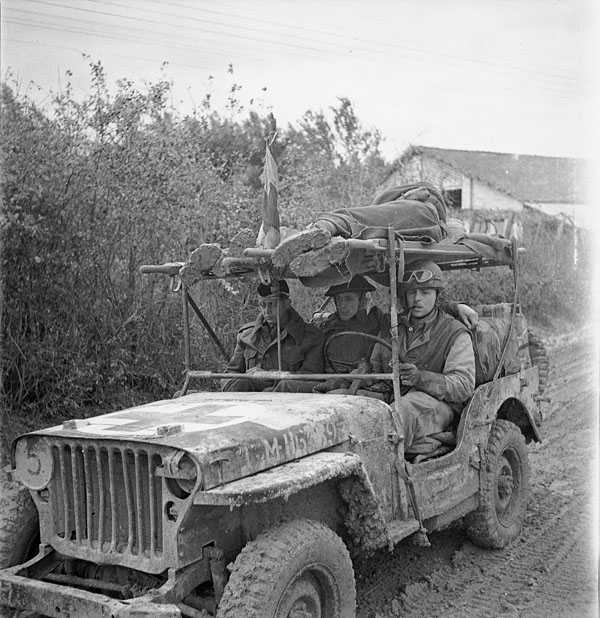
This resulted in many surprise encounters with the enemy, which began hand-to-hand close quarter combat marked by grenades, the occasional flame-thrower, SMGs, pistols, fists, and knives.
During the fighting at Christmas, both sides took “shifts,” rotating men in and out of the savage combat in order to get a warm Christmas meal, then go back to the line. No “Christmas truces” took place at Ortona.
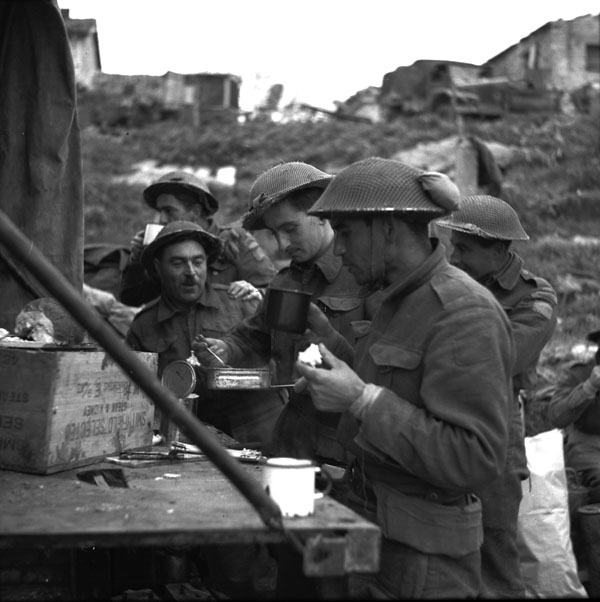
If that wasn’t enough, the Canadians were never sure which buildings or sets of rubble were booby-trapped. On the 27th, 24 men of the Edmontons were lured into a building, which was then demolished around them. Only four survived.
As revenge, the Canadians picked out a building they knew the Germans used as a barracks, shelled it and killed 40-50 sleeping Germans.
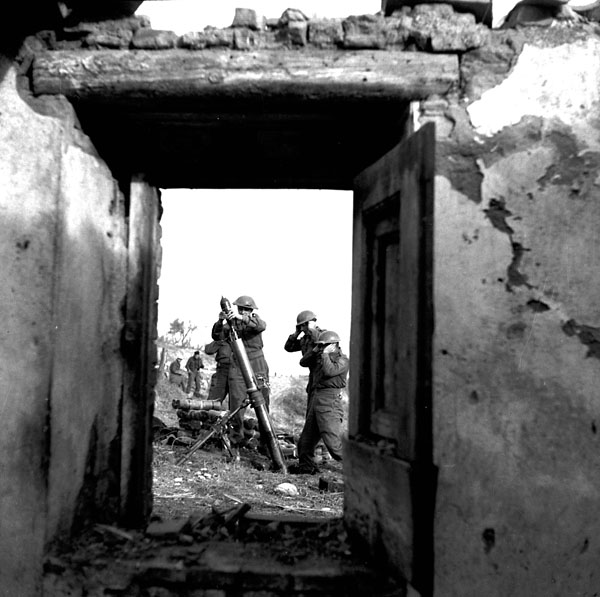
Though the fighting was exceedingly bloody, Montgomery and the Canadian general in command, Christopher Vokes, refused any suggestion of reorganizing for a flanking attack in better weather. Instead, they ordered the men inside the city to continue to advance.
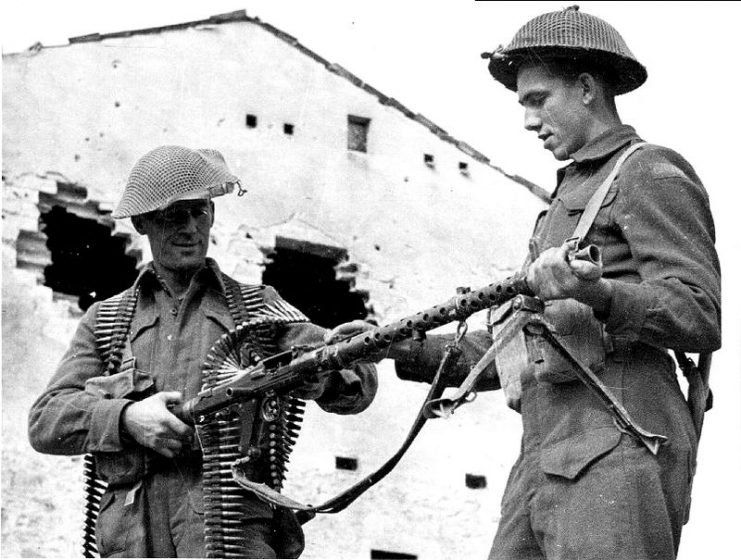
By the 28th, the outnumbered German defenders had had enough. They had inflicted twice as many casualties on the Canadians than they had taken, but the Canadians refused to quit while they had more men and more supplies.
Despite orders from Hitler to hold “Stalingrad on the Adriatic,” the Germans in Ortona fell back to better positions. Soon, most of the defenders would be transferred west to defend Monte Cassino and experience another hell.
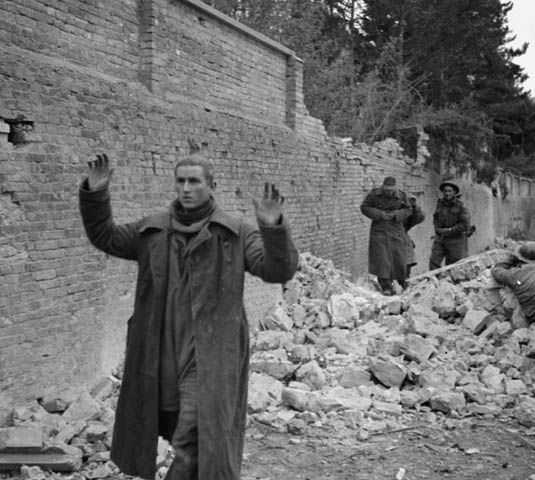
Over 2,500 Canadians died in the Ortona campaign, along with over 800 Germans and, sadly, 1,300 civilians who either refused to or were unable to evacuate their city.
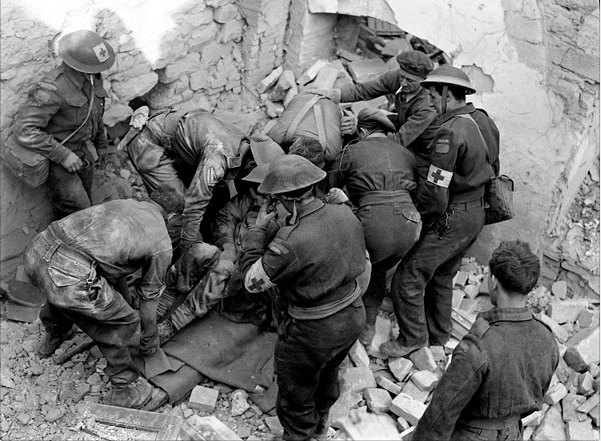
At the entrance to the city, a sign painted by the Canadians read: “This is Ortona – a West Canadian Town.”
–
Correction.
In the original version of the article, we misstated “.Some 141 miles due west of Rome is the small city of Ortona”. The correct direction is east.
We made the correction on 09.05.2019
